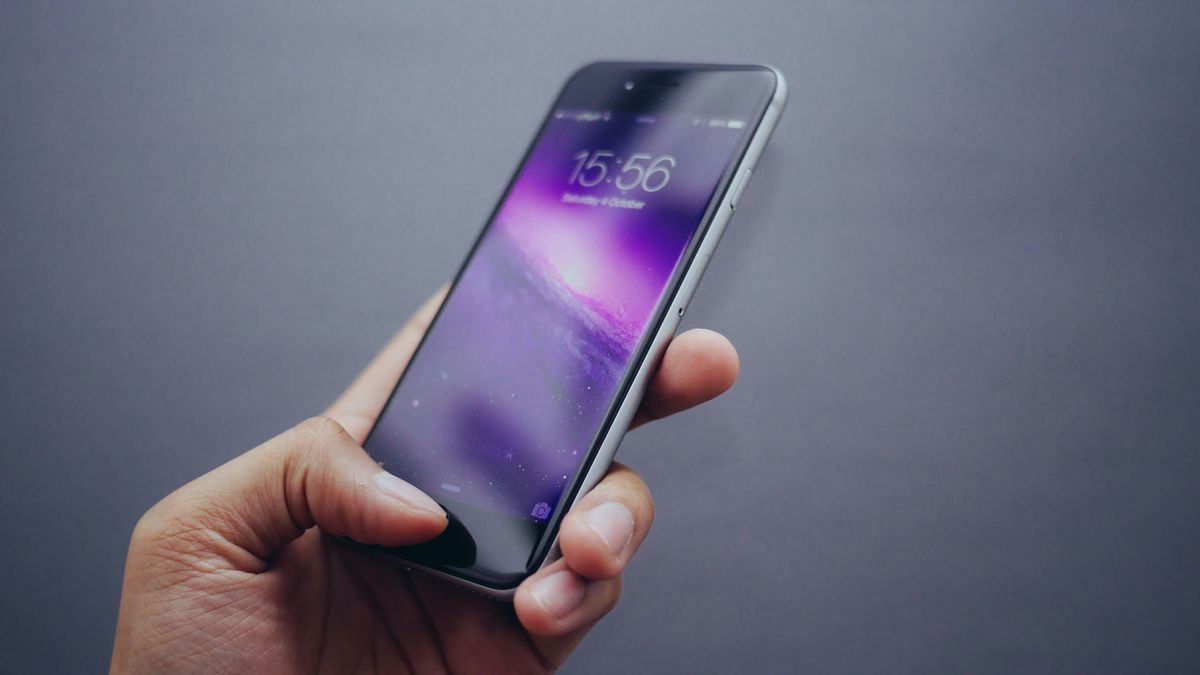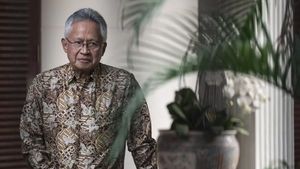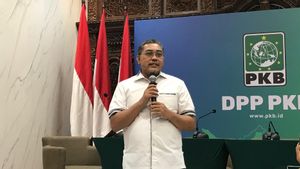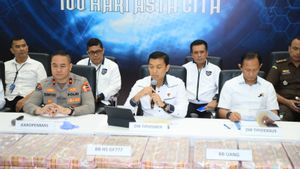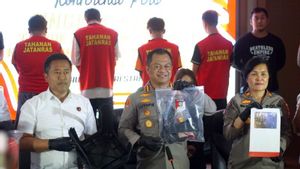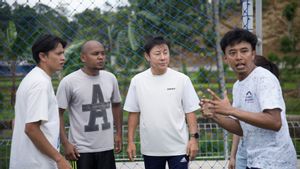JAKARTA - Usually doctors monitor oxygen saturation using pulse meter mounted on the tips of the fingers or ears. But now, it can be done easily with just a smartphone.
In a study by researchers from the University of Washington and the University of California San Diego, it has shown smartphones are able to detect levels of blood oxygen saturation of up to 70 percent.
That is the lowest point that the pulse oximeter should be measured, as recommended by the United States Food and Drug Administration (US).
The research involved participants, where they should place their fingers above the camera and flash smartphone, which uses in-depth learning algorithms to outline blood oxygen levels.
When researchers sent controlled nitrogen and oxygen mixtures to six participants to artificially lower their blood oxygen levels, smartphones accurately predict whether participants had a low blood oxygen rate of 80 percent of the time.
"In this way you can perform some measurements on your own devices at no cost or low cost. In an ideal world, this information can be smoothly transmitted to a doctor's office," said co-author Dr. Matthew Thompson, professor of family medicine at the Faculty of Medicine, University of Washington.
"This will be very useful for medical appointments or for triage nurses in order to quickly determine whether patients need to go to emergency units or only need to rest at home and make appointments with their primary care providers later," he added.
Launching ScienceDaily, Tuesday, September 20, the process only takes about 15 minutes. For the six participants, the team received more than 10,000 readings of blood oxygen levels between 61 percent and 100 percent.
The researchers then used only four of the six participants' data to train in-depth learning algorithms to issue blood oxygen levels. The remaining data is used to validate methods and then test them to see how well they perform on new subjects.
The team hopes to continue with this research by testing algorithms on more people, and this is a good first step towards developing a biomedical device assisted by machine learning.
The English, Chinese, Japanese, Arabic, and French versions are automatically generated by the AI. So there may still be inaccuracies in translating, please always see Indonesian as our main language. (system supported by DigitalSiber.id)
